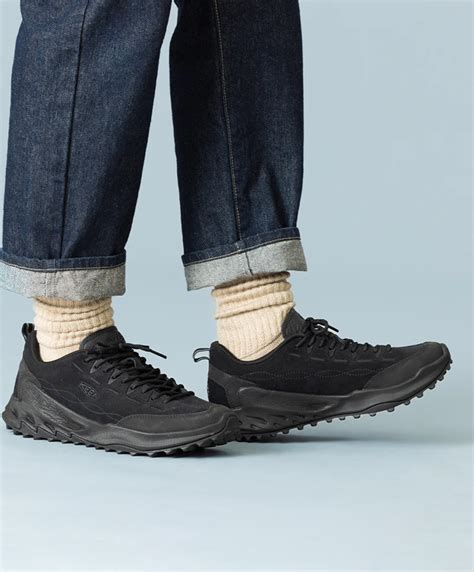Ladies Safety Boots Guide

When it comes to working in hazardous environments, safety footwear is an essential component of personal protective equipment (PPE) for ladies. The right pair of safety boots can provide protection against various workplace hazards, including heavy objects, electrical hazards, and slippery surfaces. However, with so many options available in the market, selecting the right pair of ladies’ safety boots can be a daunting task.
Understanding the Importance of Safety Boots for Ladies
Safety boots are designed to provide a barrier between the foot and potential hazards, reducing the risk of injury. According to the Occupational Safety and Health Administration (OSHA), foot injuries are among the most common workplace injuries, accounting for approximately 10% of all reported injuries. Moreover, a study by the National Institute for Occupational Safety and Health (NIOSH) found that workers who wear safety boots are less likely to suffer foot injuries compared to those who do not wear them.
Key Features to Consider
When selecting ladies’ safety boots, there are several key features to consider. These include:
- Slip-resistance: Look for boots with slip-resistant outsoles that provide traction on various surfaces, including oil, water, and ice.
- Electrical hazard protection: If you work with electrical equipment, consider boots with electrical hazard protection, which can prevent electrical shock.
- Ankle support: Boots with high ankle collars provide additional support and protection against ankle sprains and twists.
- Insulation and warmth: If you work in cold environments, consider boots with insulation and warmth, such as thermal lining or waterproof membranes.
- Breathability: Boots with breathable materials, such as mesh panels, can help keep feet cool and dry.
Types of Safety Boots for Ladies
There are several types of safety boots available for ladies, including:
- Steel-toed boots: These boots feature a steel toe cap that provides protection against heavy objects and compression hazards.
- Aluminum-toed boots: These boots feature an aluminum toe cap that is lighter and more comfortable than steel-toed boots.
- Composite-toed boots: These boots feature a composite toe cap made from materials such as plastic or carbon fiber, which provides protection without the weight of metal.
- Soft-toed boots: These boots do not feature a toe cap and are designed for work environments where toe protection is not required.
Brands and Models
Some popular brands and models of ladies’ safety boots include:
- Dr. Martens: Known for their comfortable and durable boots, Dr. Martens offers a range of safety boots with various features, including slip-resistance and ankle support.
- Thorogood: Thorogood offers a range of safety boots with features such as steel toes, insulation, and breathability.
- Keen: Keen offers a range of safety boots with features such as toe protection, slip-resistance, and ankle support.
- New Balance: New Balance offers a range of safety boots with features such as slip-resistance, ankle support, and breathability.
Sizing and Fit
When selecting ladies’ safety boots, it’s essential to ensure a proper fit. A poorly fitting boot can cause discomfort, blisters, and even injuries. Consider the following tips when trying on safety boots:
- Try on boots at the end of the day: Feet tend to swell throughout the day, so try on boots when your feet are at their largest.
- Wear the same type of socks: Wear the same type of socks you plan to wear with the boots to ensure a proper fit.
- Check the toe box: Ensure the toe box is roomy enough to wiggle your toes comfortably.
- Check the ankle collar: Ensure the ankle collar is comfortable and does not cause pressure points.
Maintenance and Care
To extend the life of your ladies’ safety boots, it’s essential to maintain and care for them properly. Consider the following tips:
- Clean the boots regularly: Use a soft brush or cloth to remove dirt and debris from the boots.
- Condition the leather: Use a leather conditioner to keep the leather soft and supple.
- Store the boots properly: Store the boots in a dry, cool place, away from direct sunlight.
- Inspect the boots regularly: Inspect the boots regularly for signs of wear and tear, and replace them as needed.
When selecting ladies' safety boots, it's essential to consider the specific hazards and risks associated with your workplace. Consult with your employer or a safety professional to determine the most suitable type of safety boot for your needs.
Frequently Asked Questions
What is the most important feature to consider when selecting ladies' safety boots?
+The most important feature to consider when selecting ladies' safety boots is slip-resistance. Slip-resistant outsoles provide traction on various surfaces, reducing the risk of slips, trips, and falls.
How often should I replace my ladies' safety boots?
+You should replace your ladies' safety boots every 6-12 months, depending on the level of wear and tear. Inspect your boots regularly for signs of wear, such as cracks in the sole or worn-out heel, and replace them as needed.
Can I wear ladies' safety boots for non-work activities?
+While ladies' safety boots are designed for work environments, they can also be worn for non-work activities, such as hiking or DIY projects. However, ensure the boots are suitable for the activity and provide the necessary protection.
In conclusion, selecting the right pair of ladies’ safety boots is crucial for protecting your feet and preventing injuries in hazardous work environments. Consider the key features, types of boots, and brands and models available, and ensure a proper fit. Maintain and care for your boots properly to extend their life, and replace them as needed. By following these guidelines and considering your specific needs, you can find the perfect pair of ladies’ safety boots to keep your feet safe and comfortable.


